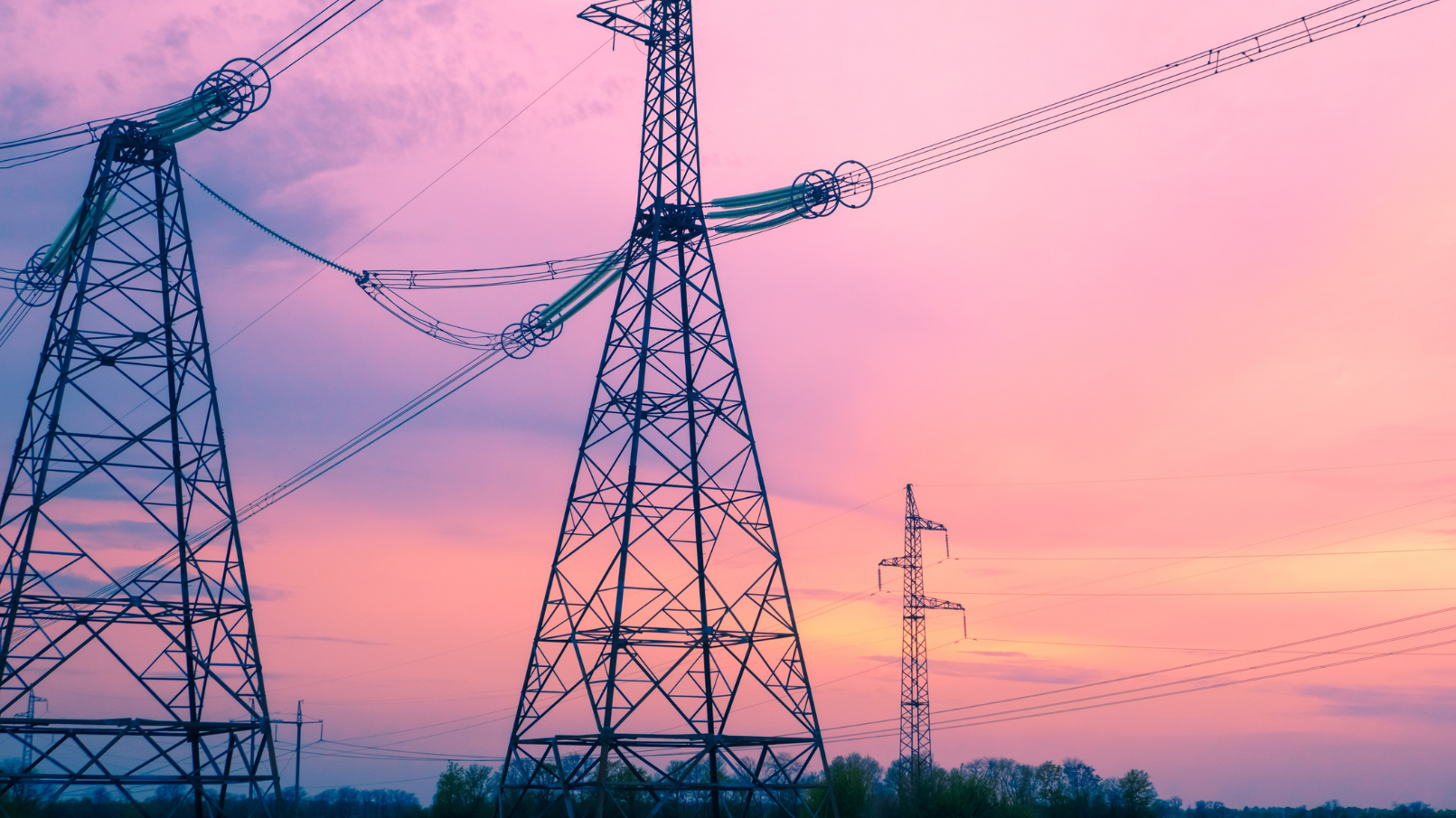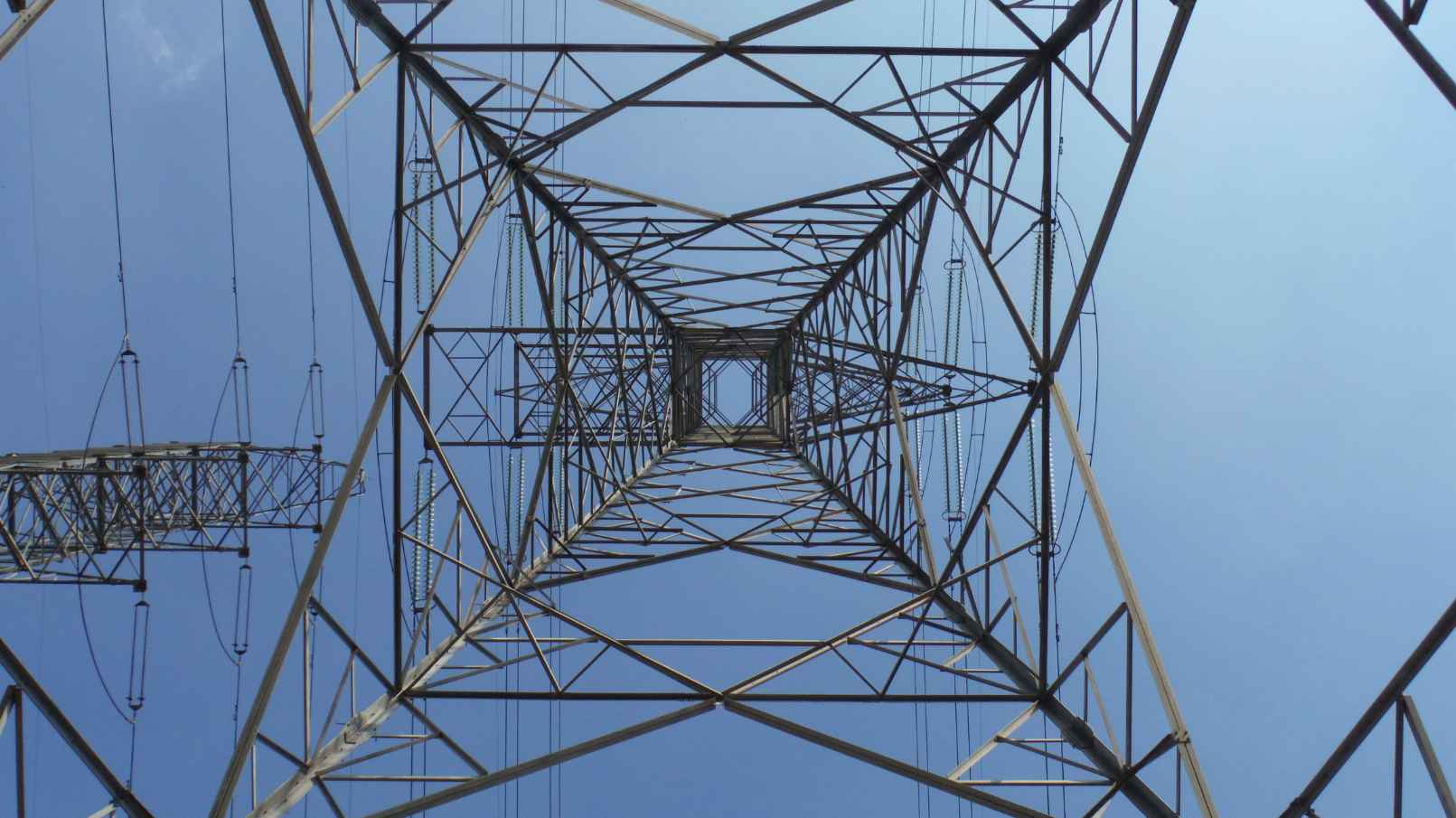What Is Peak Shaving?
Peak shaving is the process of reducing your electricity usage during the grid’s highest demand period, typically the five hours each year when systemwide demand hits its peak. In the PJM market (which includes Pennsylvania, New Jersey, Delaware, Maryland, Washington D.C., and parts of Ohio), these peaks are used to determine your Peak Load Contribution (PLC), which affects your future capacity charges.
By cutting back on usage during these critical hours, usually hot summer afternoons, you can reduce your PLC. A lower PLC means you’ll be assigned a smaller share of the grid’s capacity costs, which are passed through to you by your utility or electricity supplier. The impact of peak shaving is not small: for many large facilities, it can lead to tens or even hundreds of thousands of dollars in annual savings.
Why Peak Shaving Is More Important Than Ever in PJM
The need for peak shaving is more urgent than ever due to a sharp increase in PJM’s capacity prices. The most recent PJM capacity auction for the 2025/2026 delivery year saw prices skyrocket by over 800% in some zones, such as the RTO and PSEG regions. And with a new capacity pricing mechanism in place, a cap and collar structure approved by FERC, elevated prices are expected to persist through 2028.
Capacity charges are one of the largest components of your electricity supply cost, especially for large users with high demand. Without a strategy to reduce your PLC, you could be facing substantial and unavoidable increases in your power bills over the next several years.
4 Simple Ways to Implement Peak Shaving
Fortunately, peak shaving doesn’t have to be complicated. Here are four actionable strategies your business can use to reduce demand during critical hours and lower future capacity costs:
1. Run Backup Generators During Peak Events
If your facility has a backup diesel or natural gas generator, you can use it during forecasted peak hours to take your load off the grid. This effectively reduces your demand without impacting operations and can be one of the most reliable peak shaving tools available.
2. Identify and Curtail Large Loads
Many facilities have large energy-consuming equipment, such as HVAC systems, water chillers, compressors, or industrial motors, that can be temporarily shut down or staggered during peak windows. Creating a pre-planned load reduction schedule can ensure smooth operations while still achieving meaningful demand cuts.
3. Enroll in a Demand Response Program
Demand response (DR) programs pay businesses to reduce usage during times of grid stress. While these events differ slightly from PJM’s peak demand hours used for PLC calculations, DR events often align closely with peak periods, allowing you to save and earn at the same time.
4. Consider On-Site Generation and Storage
Installing solar panels, battery storage systems, or natural gas co-generation can help you shift your energy use away from the grid during peak periods. These technologies provide long-term energy independence and resilience, while also playing a key role in managing demand.
Contact Comfort Profit to Explore Peak Shaving Opportunities
At Comfort Profit Consulting, we specialize in helping businesses in the PJM market develop and implement smart energy strategies, including peak shaving, that reduce exposure to volatile capacity costs. We work with manufacturers, warehouses, hospitals, and other C&I clients to assess their demand patterns, model savings, and execute strategies that deliver real results.
Whether you’re looking to evaluate your current PLC, explore on-site generation options, or participate in demand response programs, we’re here to help.
Contact Comfort Profit Consulting today to schedule a peak shaving evaluation and start reducing your electricity bills.
Comfort Profit Consulting
Dan Comfort
(570) 336-0197
comfortprofit@gmail.com





